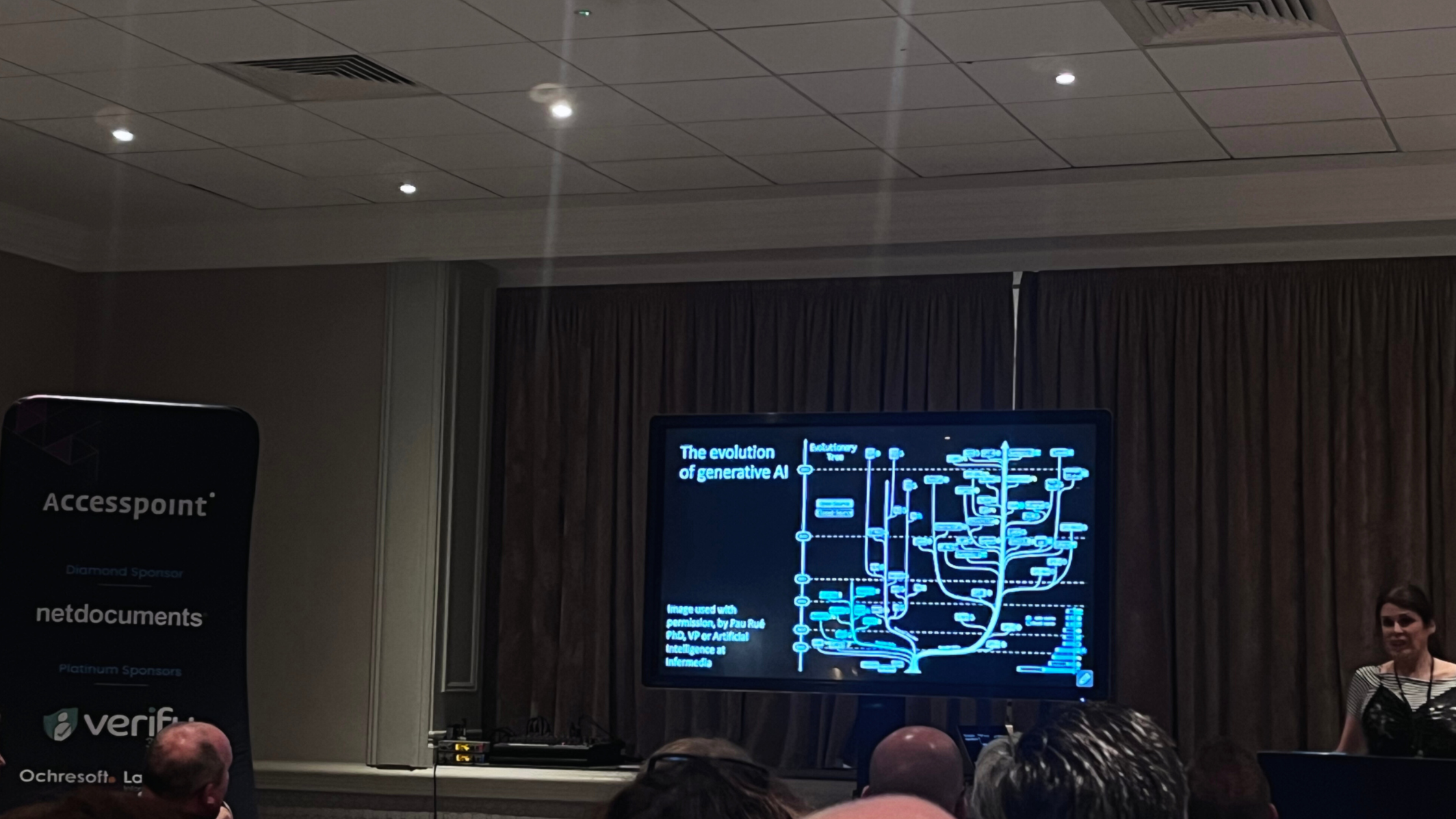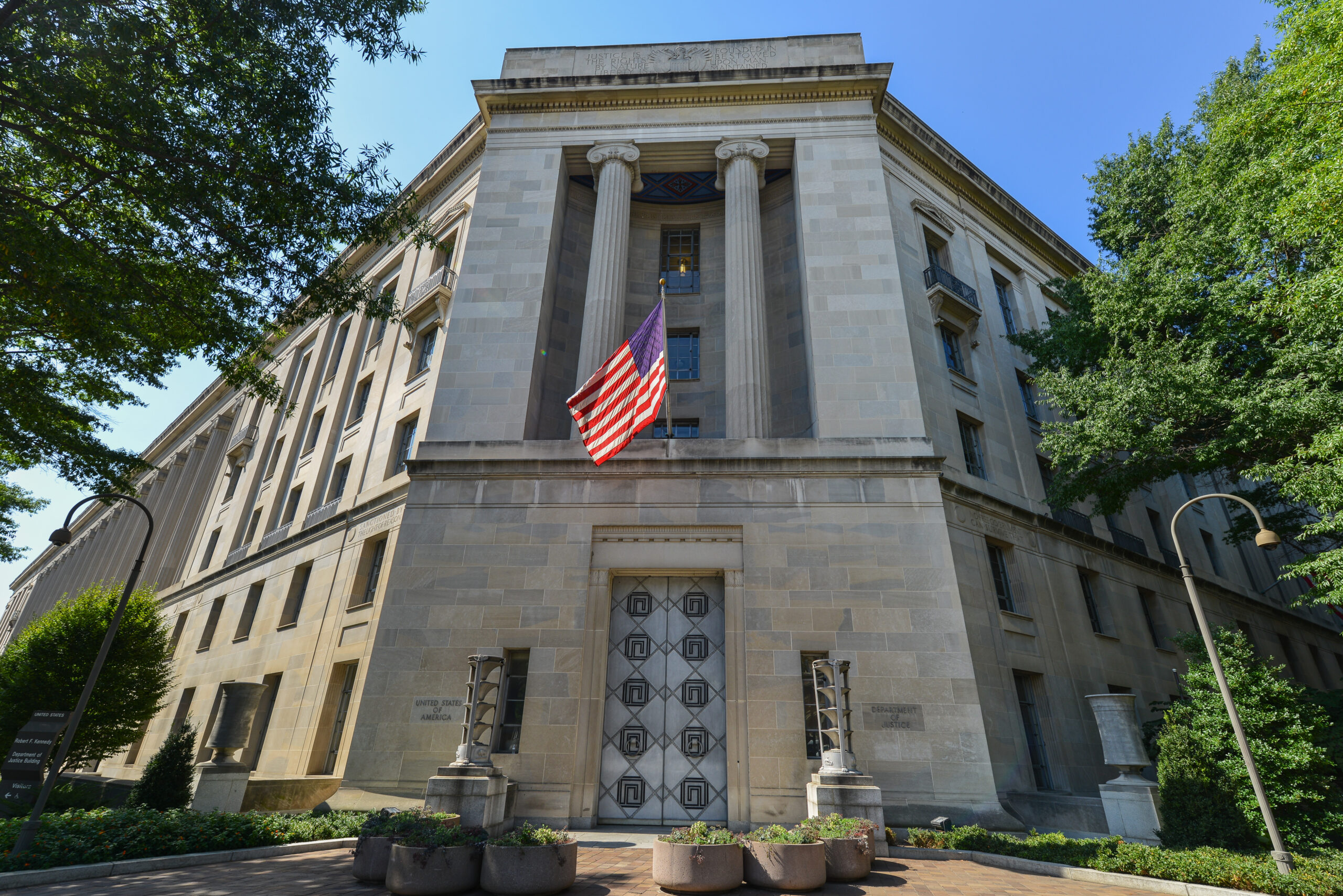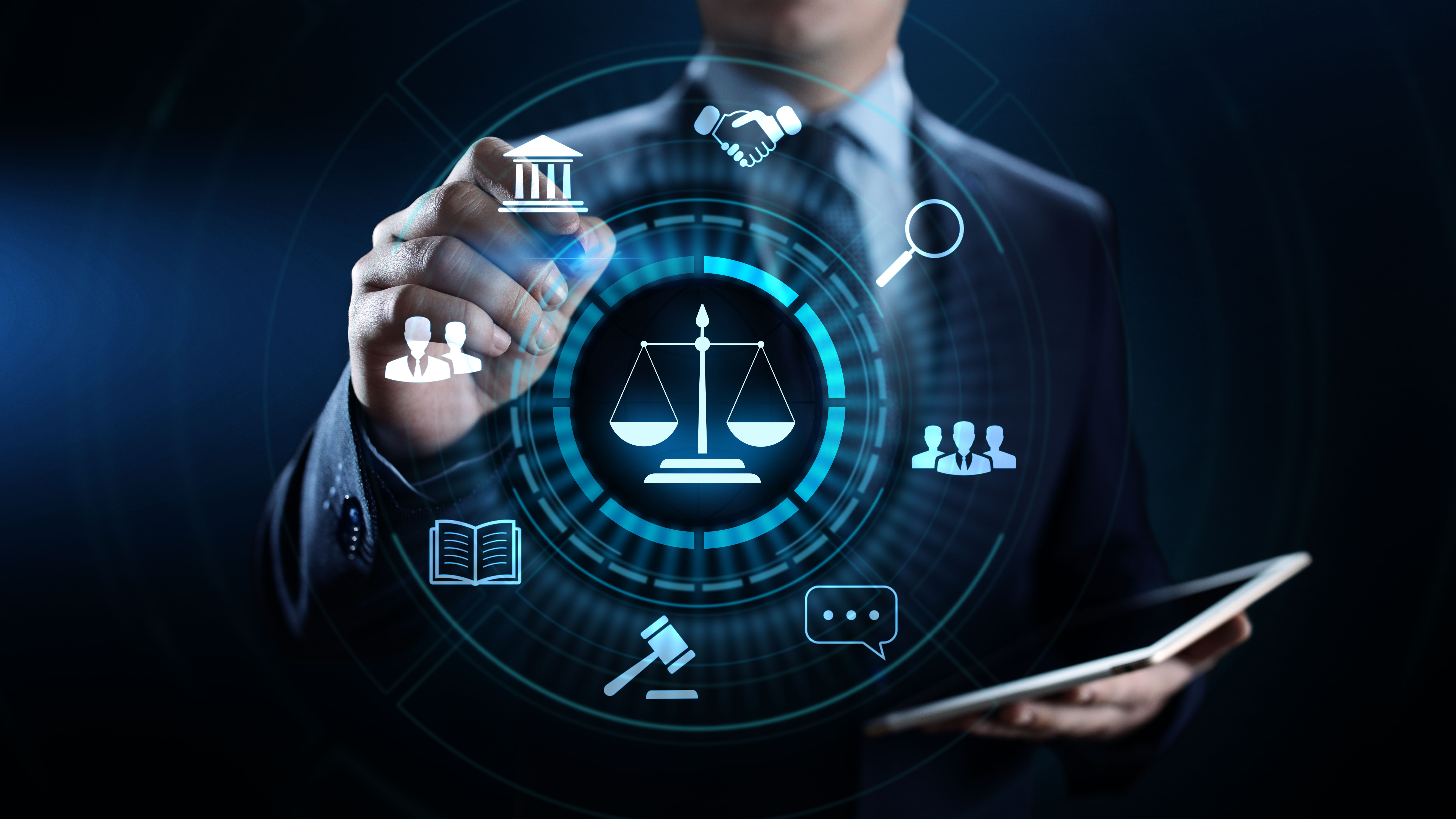Joanna Goodman: AI in Legal
At the Accesspoint Legal Innovators Forum 2023 sponsored by Verify 365, Joanna Goodman delved into the intersection of artificial intelligence (AI) and law. This meeting of technology and jurisprudence is a crucial conversation in an age where AI is becoming more entrenched in every aspect of our lives. Goodman, an expert in the field, tackled this multi-dimensional topic from its historical roots to its future possibilities. She also provided insights into how AI is changing the landscape of the legal profession and what this implies for the future.
A Brief History of AI
Contrary to popular belief, AI is not a novel concept. Goodman explained that the idea dates back to the 1970s, long before the current hype around machine learning and data analytics. The evolution has been exponential, with generative AI, essentially a subset of machine learning, now becoming a hot topic in technology circles.
OpenAI and the ChatGPT Revolution
Goodman noted that OpenAI, associated with Microsoft products, has been leading the charge with its groundbreaking ChatGPT model, launched on November 20, 2022. Garnering a million users within just five days, it was immediately evident that ChatGPT had tapped into something extraordinary. This platform is not only conversational but also capable of brainstorming—skills that are highly relevant to the legal work and law firm industry.
Law and AI: An Intertwining Relationship
Goodman underscored that law firms are seeing the value in AI technology. Companies like Lexis Nexis AI+, Thomson Reuters, Microsoft Copilot, Netdocuments, iManage, ContractPodAI, and Verify 365 are already employing AI for tasks ranging from due diligence and email drafting to litigation strategy development. Early adopters like Allen Overy, Travers and Smith, and Dentons are paving the way with their in-house solutions such as Harvey for contract analysis and Fleet AI for clause building, research, and analysis.
Challenges in AI and Law
While the prospects are dazzling, Goodman cautioned against the potential pitfalls, including data security, privacy, acceptability, copyright issues, trust, and ethical considerations. She emphasised that the regulatory space around AI is still in its infancy but is one to watch closely, especially for legal professionals.
Build or Buy?
One interesting dilemma that Goodman brought up is whether to build or buy generative AI tools. Both approaches have merits and demerits, including feature customisation and budget considerations. She concluded that finding the “sweet spot” involves assessing the specific problem and deciding between assisted intelligence (where the user does most of the work) and augmented intelligence.
Assisted vs. Augmented Intelligence
Goodman made a key distinction between “assisted intelligence,” where the user does most of the work, and “augmented intelligence,” which involves more sophisticated machine support. She also spoke about the importance of building in feedback mechanisms, echoing the idea that “data is the moat.”
The Future is Now
Goodman ended her talk on a rather optimistic note, suggesting that AI will not replace lawyers but instead might replace support and junior staff. This idea is somewhat at odds with Goldman Sachs’ assertion that lawyers are among the most at risk of being replaced by AI. Nevertheless, the overarching message was that AI is here to make life easier for lawyers rather than to usurp their roles.
AI is not merely a technological shift but a paradigm shift in how we approach tasks, problem-solving, and even the way we think. The application of AI in law is a testament to this transformation. As Goodman aptly summarised, what matters now is not just what AI can do, but what we want it to do—and what we don’t want it to do. It’s time for legal professionals to engage with this question critically and proactively.
In an era where “data is the moat,” as Goodman revealed through a leaked memo, it’s never too late to start integrating AI into your legal practice. So let’s approach this not as a threat but as an opportunity—a tool that, when used wisely, can revolutionise the way we interpret and apply the law.






